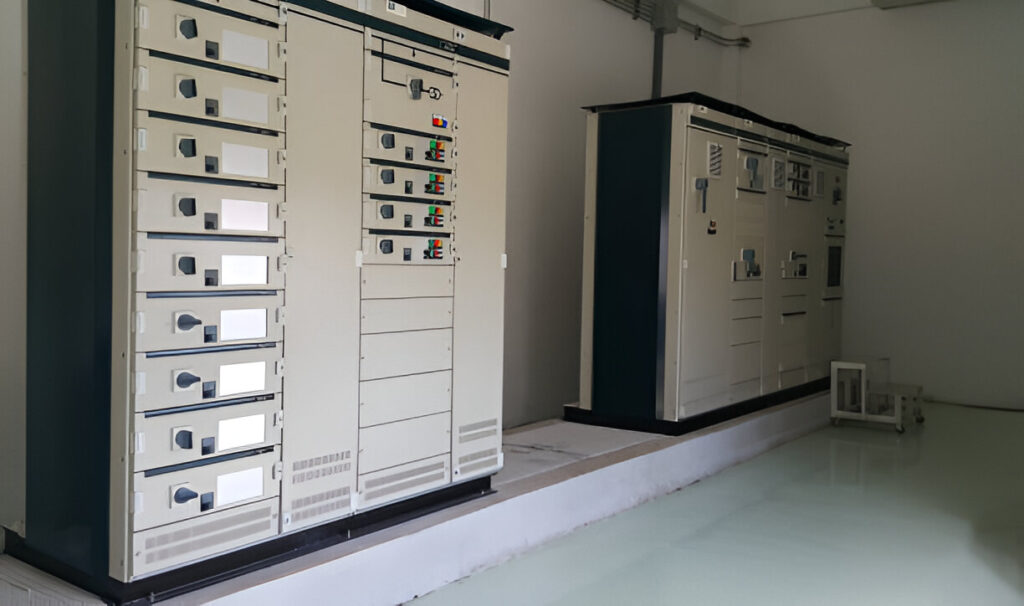Key Takeaways
- Understand the significant advantages of home battery storage systems.
- Learn how these systems can cut energy costs and backup power during outages.
- Discover critical factors to consider before installation, including costs and compatibility.
Installing a home battery storage system provides lower energy bills, backup power during outages, and greater energy independence. It also supports renewable energy use and can increase property value. Considerations include the initial investment cost, system maintenance, battery lifespan, and potential compatibility with existing home energy systems to ensure optimal performance.
Introduction to Home Battery Storage Systems
Home battery storage systems are rapidly gaining popularity as homeowners look to enhance their energy independence and reduce reliance on the grid. These innovative systems store excess energy, usually generated by solar panels, allowing it to be available whenever needed. For those considering upgrades to their home energy solutions, services like Tesla charging installation can complement these storage systems for enhanced efficiency.
The shift toward renewable energy sources and increasing power outages have made home battery storage a compelling option. With these systems, homeowners can ensure an uninterrupted power supply, providing peace of mind during unexpected blackouts. The capacity to store energy for usage during periods of high demand is also associated with more energy security and financial savings.
Benefits of Home Battery Storage
Home battery storage systems offer numerous benefits, making them an attractive option for homeowners. These systems can conserve significant energy during peak hours by storing surplus energy generated during the day and utilizing it when energy prices are elevated. This approach helps reduce electricity bills substantially.
- Energy Savings: If homeowners store extra energy and use it during peak hours, they may drastically lower their energy expenditures. This is particularly beneficial in regions with high energy costs.
- Backup Power: When there is a power outage, battery storage systems offer a dependable backup power source. This ensures that essential appliances and systems remain operational during crises, enhancing household resiliency.
- Environmental Impact: Utilizing renewable energy stored in home batteries reduces reliance on fossil fuels. This decrease in fossil fuel usage contributes to reducing greenhouse gas emissions, significantly impacting combating climate change.
The U.S. Department of Energy states that battery storage systems can significantly improve the effectiveness of solar energy systems. These systems help reduce energy consumption from non-renewable sources by optimizing clean energy, thus adding to their ecological benefits.
Cost Considerations
Home battery storage systems can be expensive initially, but their long-term financial benefits are worth it. These systems include the battery, installation, and upgrades to existing electrical systems. However, savings on energy bills and potential government incentives can offset these costs. Factors influencing the cost include battery size, capacity, and professional installation costs. Obtaining quotes from certified installers is recommended. A detailed cost-benefit analysis is crucial for determining the economic viability of investing in a home battery storage system. Understanding energy consumption patterns and potential savings can help make an informed decision.
Installation Process
Installing a home battery storage system involves a multi-step process that begins with a comprehensive site assessment. This step is crucial as it evaluates the home’s electrical infrastructure and identifies the best location for the battery unit. A customized system design is created following the assessment to meet the household’s specific energy requirements.
After the design is complete, local authorities issue the required licenses and approvals to guarantee that it complies with all rules. The installation is then carried out by certified professionals, ensuring the system is integrated seamlessly with existing electrical systems. Appropriate installation is essential for the battery storage system’s lifetime and performance, as it minimizes the hazards associated with faulty setups.
Maintenance and Lifespan
Home battery storage systems are generally low-maintenance, requiring occasional checks and software updates to ensure optimal performance. Routine maintenance includes:
- Monitoring the battery’s state of charge.
- Performing firmware updates.
- Inspecting connections for any signs of wear or damage. It’s
Following the manufacturer’s care guidelines is essential to maintain the warranty and extend the system’s lifespan.
Home battery storage systems typically last 10 to 15 years, depending on consumption habits and system maintenance. Proper care and timely maintenance can maximize the system’s life expectancy, ensuring homeowners get the most out of their investment.
Compatibility with Existing Systems
Before installing a home battery storage system, it’s crucial to ensure compatibility with existing solar panels or other renewable energy solutions. If the inverter or battery management system isn’t designed to work with the current setup, upgrades or specific configurations may be required. Consulting an expert can identify necessary adjustments and ensure the new system works harmoniously with your existing energy infrastructure. Proper integration can enhance the performance and reliability of the setup, making it a more effective and sustainable energy solution.
Regulatory and Incentive Programs
Some areas provide rebates and incentives to promote the use of home battery storage systems. These advantages can drastically lower upfront expenditures, making the investment more appealing to homeowners. Programs may include tax credits, rebates, and grants that help offset the expense of purchasing and installing the system.
To fully profit from these advantages, being current on local laws and incentives is critical. Comprehensive details on the incentives offered in various locations may be found in the Database of State Incentives for Renewables & Efficiency (DSIRE). This resource can help homeowners navigate the multiple programs and identify those that apply to their specific situation, ultimately reducing the financial burden of transitioning to a more sustainable energy solution.
Final Thoughts
Home battery storage systems are a significant step towards energy independence and sustainability. They offer financial savings, environmental benefits, and reliable backup power during outages. Proper planning and certified professionals’ guidance make transitioning to these systems smooth and rewarding. As more people adopt these technologies, their collective impact on energy consumption and environmental conservation can contribute to a greener, more resilient future.



